- Limited Transportation Coverage in Some Areas
Dubai’s public transport system is one of the most modern and well-organized in the region, but it has limitations, particularly regarding coverage in certain areas. Public transportation is convenient and efficient for visitors in central parts of the city, such as Downtown Dubai, Dubai Marina, or Business Bay.
However, those staying in suburban or less developed areas often need help. The limited coverage of Dubai’s transport network in these outer regions can inconvenience tourists who rely on public transit to explore the city. Dubai’s rapid urban expansion, a critical factor in the city’s development, has created neighbourhoods far from the city centre. While the metro and buses are highly efficient in downtown areas, they only extend to some parts of the city. It can be challenging for people in less populated areas like Dubai Investment Park, Jumeirah Village Circle, or Al Barsha South.
The Dubai Metro, a popular choice for many, offers a fast and modern way to travel along critical routes. However, its two main lines, the Red Line and the Green Line, do not cover all parts of the city. Visitors who want to explore beyond the metro’s reach must rely on buses or taxis.
Moreover, many tourists find the heat and humidity challenging, particularly during summer, when walking even short distances between transportation stops becomes uncomfortable. In areas with sparse transportation options, visitors may walk long distances to reach the nearest metro station or bus stop, which can detract from the overall experience. Another area for improvement is the need for late-night transportation services in certain areas.
While the metro operates late in central districts, transportation options in suburban areas often shut down earlier in the evening, leaving visitors needing a reliable way to get back to their accommodations after a night out. It can be particularly frustrating for tourists who want to explore Dubai’s vibrant nightlife but want to rely on something other than expensive taxis for their return journey.
Dubai has expanded its transport network to address these issues, including plans for new metro lines and bus routes. However, these gradual expansions will take time before all parts of the city are equally well-served. In the meantime, visitors staying in less central areas should plan their transportation needs by familiarizing themselves with bus routes or considering ride-sharing services as an alternative to public transport.
While Dubai’s transportation system is a significant tourist asset, its limited coverage in some areas still needs to be improved. Visitors outside central districts may need to make additional arrangements to travel efficiently around the city. Despite its current limitations, Dubai’s transport infrastructure continues evolving, with plans to provide better coverage across more areas.
Also read :Rising Living Costs in Dubai: 7 Reasons Tourists Are Alarmed Yet Still Excited
1. Long Wait Times for Public Transportation Buses
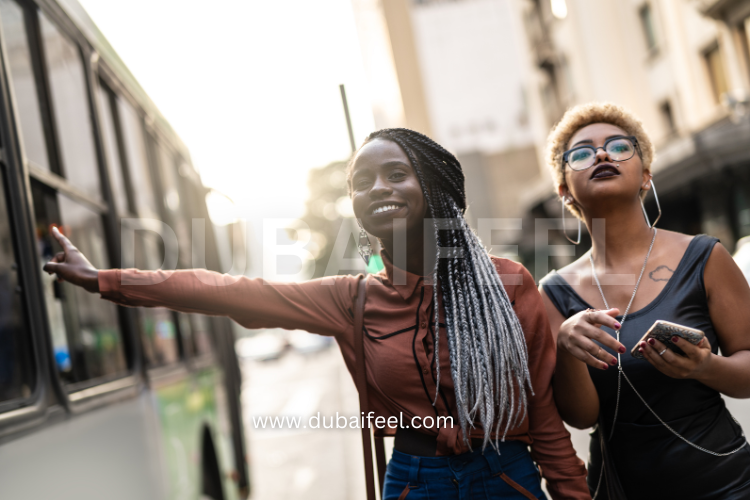
Dubai’s public transport system is generally efficient and well-organized, but one issue that visitors frequently point out is the long wait times for buses. While the metro is known for its punctuality and regular service, the bus system can often lag, especially in areas not part of the main city centre or during non-peak hours.
This aspect of Dubai’s transportation can be frustrating for visitors who are used to frequent and quick transportation options in other cities. One of the main reasons for the longer wait times is the difference in infrastructure between the bus system and other forms of transport in Dubai. The metro operates on a fixed schedule, with trains arriving every few minutes, particularly during peak times.
However, the buses operate less frequently, and their schedule can vary depending on the area. In some neighbourhoods, visitors may wait 20 to 30 minutes for the next bus, especially when travelling during quieter parts of the day. It makes transport less efficient, particularly for tourists trying to maximize their time exploring the city. During peak hours, such as early mornings and evenings, bus frequency tends to increase, aligning more closely with the demands of commuters. However, outside these times, particularly in the afternoons or late at night, bus services can become infrequent, leaving passengers waiting for extended periods.
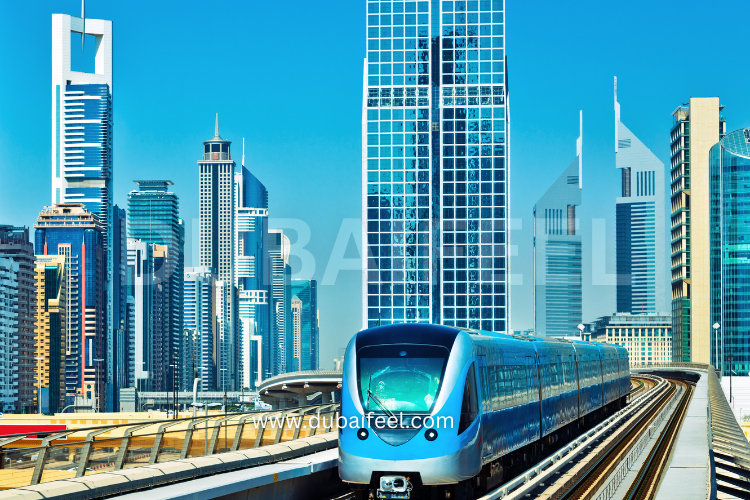
In contrast, the metro continues to offer frequent service throughout the day, making it a more reliable option for those looking for faster transportation. The bus system also faces the challenge of traffic congestion, which can further extend wait times and travel duration. Unlike the metro, which operates on an elevated track, buses are subject to the city’s road conditions.
During rush hour, traffic in certain parts of Dubai can be heavy, causing delays in bus arrivals. Visitors who rely on buses for transportation may find that a trip that should take 15 minutes can sometimes take much longer due to road congestion.
In addition, many tourists visiting Dubai may need to be more familiar with the bus routes or the bus stop locations, leading to confusion and missed buses. This unfamiliarity with the transportation network, coupled with the long wait times, can make public transport seem more complicated and time-consuming than it is.
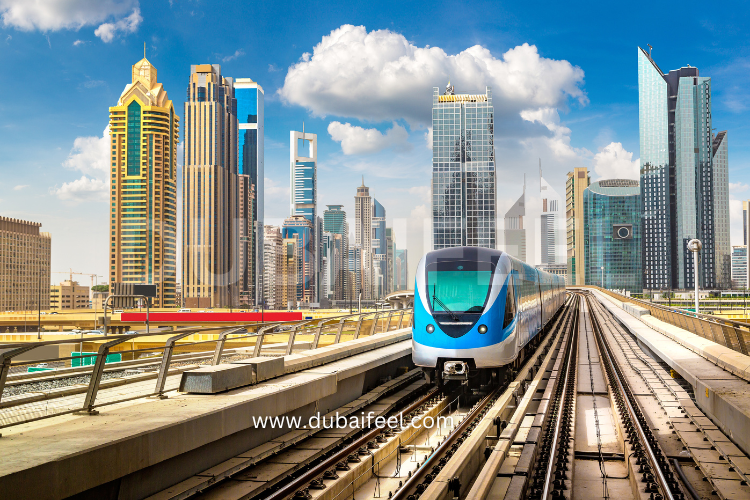
In comparison, the metro system is easier to navigate, with clear maps and signs at each station. Despite these issues, Dubai’s bus system covers many locations, reaching areas not served by the metro. The bus network can still be a viable and cost-effective transportation option for visitors who are willing to wait or who plan their journeys ahead of time. The Authority (RTA) has tried improving bus services, including better schedule management and more buses on popular routes.
Additionally, real-time bus tracking apps help visitors monitor arrival times and plan their trips more efficiently. While Dubai’s bus system is vital to the city’s transportation network, long wait times can pose a challenge for visitors. Compared to the metro, buses can be less reliable in terms of frequency and timing, particularly during non-peak hours.
However, with proper planning and available resources, visitors can still use buses as a convenient means of transportation to explore different parts of Dubai. As the city continues to grow, there are ongoing efforts to improve the overall efficiency of the bus system, making transportation even more accessible for everyone.
2. Crowded Public Transportation During Peak Hours
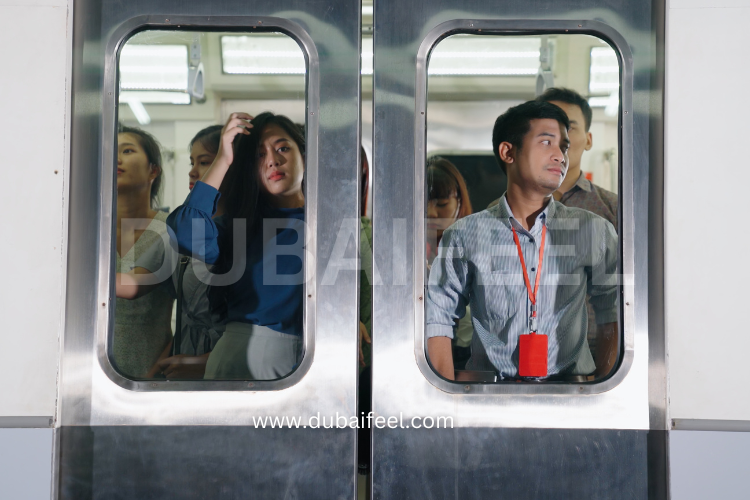
Dubai’s public transportation system, including its metro and buses, is widely regarded as one of the most efficient in the region. However, the system faces challenges during peak hours, as in many major cities worldwide. The overcrowding of transportation options during these times can make commuting uncomfortable for locals and tourists.
Also read :5 Skyline Secrets: How Dubai Maintains Its Stunning View Amid Rapid Growth
The issue is mainly in the city’s business districts, where the influx of daily commuters often exceeds the capacity of available public transportation. During rush hours, the number of passengers using Dubai’s transportation network increases dramatically. Many professionals working in areas like Business Bay, Downtown Dubai, and Dubai International Financial Centre rely on the metro and buses for daily commute. As a result, trains and buses are often packed to total capacity, leaving little room for additional passengers.
For visitors who are not used to such crowded conditions, this can make the transportation experience less enjoyable. The Dubai Metro, the backbone of the city’s public transportation system, is one of the most popular options for locals and tourists. However, its popularity also contributes to the problem of overcrowding during peak hours.
The Red Line connects vital commercial and residential areas and often sees passengers packed shoulder-to-shoulder during rush hours. Tourists who plan to explore the city using the metro during these times might find themselves standing in tightly packed carriages with little space to move. This crowded experience can detract from the comfort and convenience of public transportation.
Similarly, buses in Dubai also experience overcrowding during peak times. Since buses serve areas inaccessible by the metro, they are often the only transportation option for residents and workers in suburban areas. As people rush to get to work or return home, buses can fill up quickly, leading to long waits at bus stops for passengers unable to board.
For travellers who prefer less crowded transportation, using the bus system during peak hours can be less appealing. Overcrowding is especially noticeable in Dubai’s business districts, where thousands of professionals commute daily. These districts are hubs of economic activity, with large offices, commercial centres, and retail establishments attracting many commuters. Public transportation in these areas is often overwhelmed by the sheer number of people trying to move in and out of the district simultaneously.
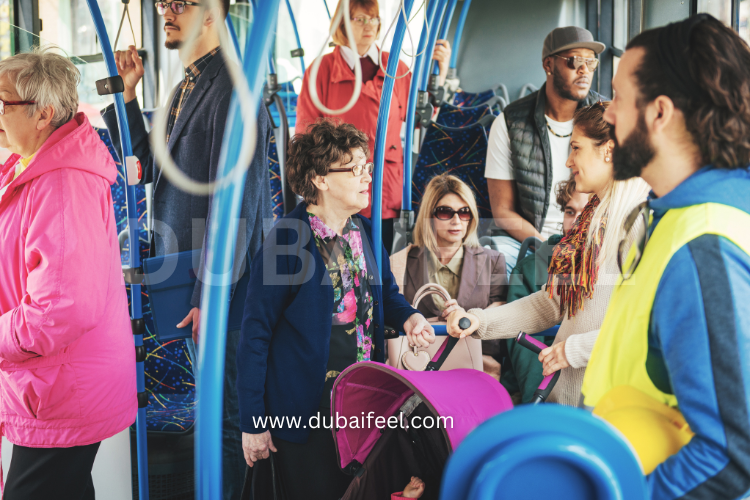
This results in longer bus wait times, difficulty finding space on metro trains, and general congestion. While Dubai’s public transportation system is well-managed, the rush-hour demand has outpaced the available capacity in some areas. It has led to efforts by the Roads and Transport Authority (RTA) to increase the frequency of metro trains and buses during peak hours and explore options for expanding the transportation network.
However, travellers should be prepared for crowded conditions if they use public transportation during busy times. For tourists visiting Dubai, it is often to avoid public transportation during peak hours. They can enjoy a more comfortable and relaxed commute by scheduling activities outside rush hour.
Alternatively, visitors can use taxis or ride-sharing services during these times, although these options may also face delays due to increased road traffic. Dubai’s transportation system is highly efficient, but overcrowding during peak hours can make commuting an uncomfortable experience for many. It is true in the city’s business districts, where the high concentration of daily commuters often overwhelms the system. Travellers who prefer a less crowded experience plan their trips accordingly or explore alternative transportation options during busy times.
3. Temperature Concerns
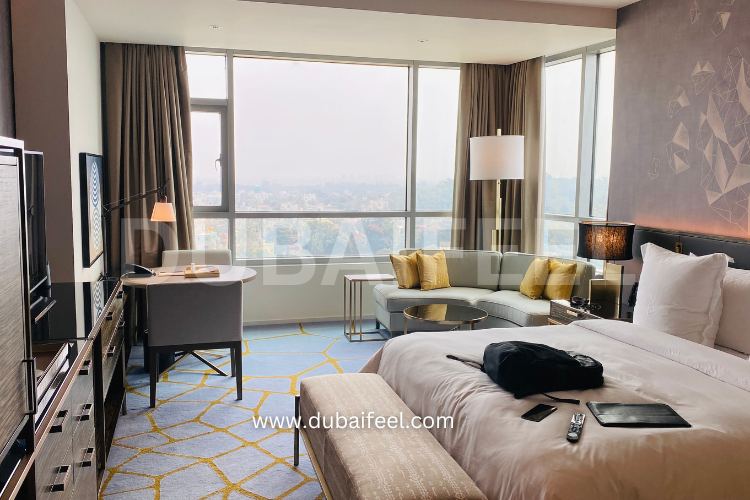
Dubai’s public transportation system mainly uses modern amenities like air conditioning, which is crucial given the city’s extreme climate. However, while metro stations and buses are well-ventilated and comfortable, the challenge for many visitors is walking to and from these transportation hubs.
Dubai’s hot climate, especially during the summer, can make outdoor travel uncomfortable and even unbearable, deterring some visitors from using public transportation. For many tourists, the city’s high temperatures become a significant factor in their choice of transportation. During the summer, Dubai’s temperatures can soar above 40°C (104°F), with high humidity levels making it feel even hotter.
While the metro and buses offer respite with their air-conditioned environments, reaching these modes of transportation requires a walk through the heat. Whether it’s a short walk from a hotel to a metro station or a stroll to a bus stop, the searing temperatures can make what would otherwise be a convenient trip feel taxing. Many visitors, especially those unfamiliar with such extreme heat, seek alternative transportation methods to avoid prolonged exposure to the elements.
In particular, waiting for buses at open-air bus stops can be challenging for travellers. Although Dubai has implemented air-conditioned bus shelters in many areas, these are unavailable everywhere, exposing passengers to the heat while waiting. As a result, visitors may be more inclined to opt for taxis or private rides instead of public transportation, particularly if they have to stay in the heat for extended periods.
The discomfort caused by the extreme temperatures often outweighs the cost savings that public transportation offers. For tourists exploring popular attractions, the heat can also make it challenging to navigate between destinations. Although the metro offers a comfortable, air-conditioned ride, many attractions in Dubai require additional walking once visitors disembark from the train.
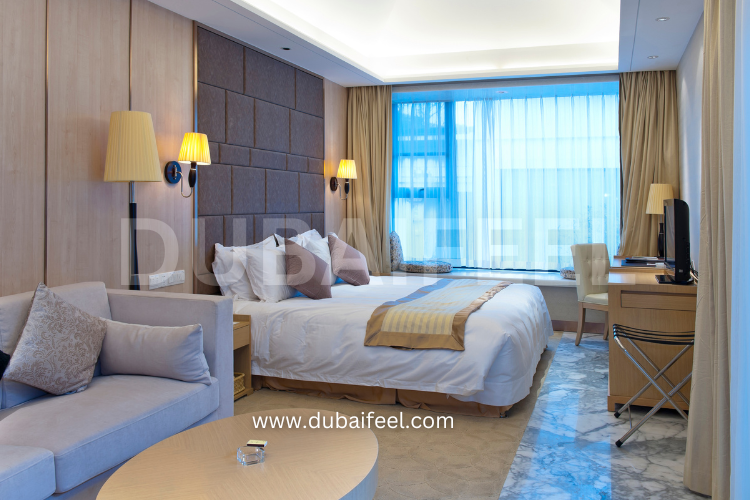
Whether it’s walking from a metro station to the Dubai Mall, Burj Khalifa, or other iconic spots, the heat can make these walks less appealing. In such situations, travellers may prefer the door-to-door convenience of taxis or ride-sharing services, which offer a quicker and more comfortable journey.
This reliance on taxis or private rides due to temperature concerns means fewer visitors use the city’s otherwise efficient transportation network. While Dubai has invested in infrastructure to mitigate the impact of the heat, such as shaded walkways and air-conditioned bus stops, the sheer intensity of the summer weather still poses a significant challenge.
As a result, many tourists opt for more immediate and personalized transportation options rather than enduring the heat for public transport. However, temperature concerns are less of an issue during the cooler months from November to March. During this time, Dubai’s weather is more temperate and pleasant, making public transportation more accessible and enjoyable. During these months, visitors are more likely to take advantage of the metro and buses without being deterred by the heat.
Even though metro stations and buses are air-conditioned, walking to and from these locations often makes public transportation less appealing. The heat leads many tourists to choose taxis or private rides over public transit, prioritizing comfort over cost efficiency. Temperature concerns are a crucial factor influencing transportation choices, particularly for those visiting Dubai during its hottest months.
4. Limited Night Services
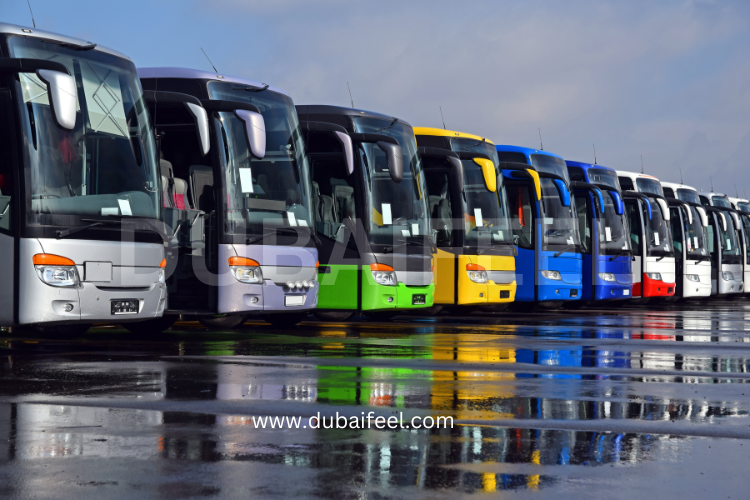
Dubai’s public transport system is generally efficient during the day, with the metro and buses running frequently and connecting most parts of the city. However, one of the significant challenges tourists and residents face is the limited availability of transport services at night. For visitors who are out late or looking to explore Dubai after dark, relying on public transit can become difficult due to the restricted schedules of both buses and the metro.
The Dubai Metro, a popular mode of transport for locals and tourists alike, operates from around 5:00 AM until midnight during the week, with slightly extended weekend hours. While this schedule is convenient for most daily activities, it falls short for those who plan on staying out late or attending events that run past midnight.
Popular nightlife areas such as Jumeirah Beach Residence (JBR), Dubai Marina, and Downtown Dubai host many attractions, restaurants, and clubs that remain open well into the early hours. Unfortunately, the limited night services of the metro can leave visitors with fewer options for returning to their hotels or accommodations after a night out.
Similarly, buses in Dubai also follow a more restricted schedule at night. While some routes operate 24 hours, the frequency of buses drops significantly after 10:00 PM, with longer wait times and fewer routes available. Visitors relying on buses for late-night transportation may find waiting for extended periods frustrating or discover that their desired route is no longer running. This limitation can be inconvenient, especially for those staying in less central areas or trying to visit attractions requiring multiple bus transfers.
The limited night services of public transportation in Dubai can be particularly challenging for tourists who prefer using cost-effective modes of travel. For budget-conscious travellers who want to explore Dubai without spending too much on transportation, the lack of reliable public transit options late at night can make exploring the city after dark more difficult.
Switching to taxis or private rides at night can quickly increase costs. Tourists who enjoy attending events or dining in Dubai’s vibrant late-night scene might opt for more expensive transportation options out of necessity. For example, significant events like concerts, festivals, and nightlife parties that extend beyond the public transportation schedule often require visitors to use taxis or ride-hailing apps like Uber or Careem.
While these services offer convenience and 24-hour availability, they can be a financial burden, especially for those travelling on a budget. To address this issue, some visitors plan their activities and movements around the available public transportation schedules. For instance, tourists may visit nightlife areas earlier in the evening to ensure they can catch the metro or buses back to their hotels.
Alternatively, some choose to stay in centrally located accommodations within walking distance of their destinations to minimize reliance on transportation at night. Dubai’s transportation system is reliable during the day; its limited night services can present challenges for tourists who want to stay out late.
The metro and bus systems operate on more restricted schedules after hours, making it harder for visitors to rely on public transportation during late-night outings. Although taxis and ride-hailing services provide alternatives, they come at a higher cost, which may not be ideal for budget-conscious travellers. As Dubai grows as a global tourist destination, expanding the availability of transportation at night could enhance the city’s appeal for visitors looking to enjoy its vibrant nightlife and after-hours attractions.
Also read :Business in Dubai: 13 New Regulations Shaping Opportunities—The Good and the Bad
